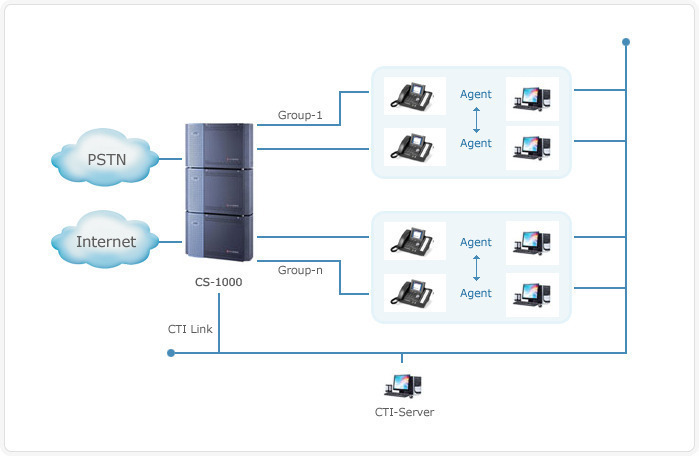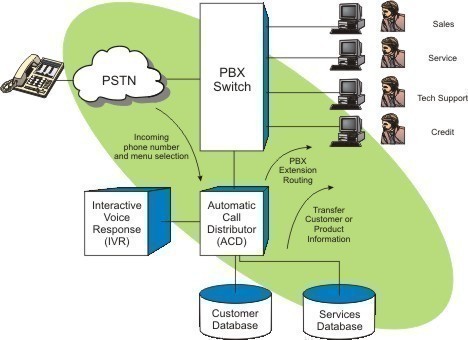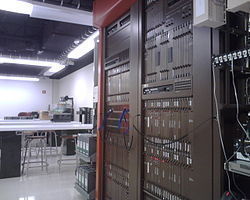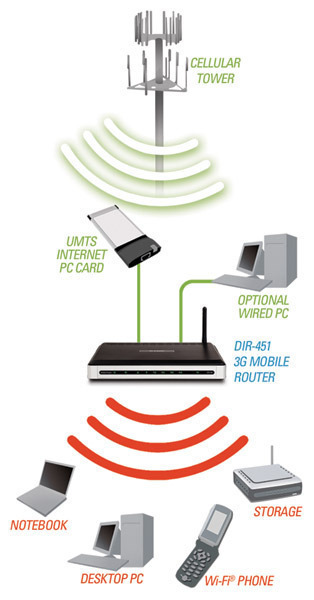Computer Telephony Integration (CTI) is a set of technologies for integrating and managing the communication or interaction between computers and telephone systems.
CTI functionality falls into two general categories:
- CTI enables the computer user to control their telephone system
- CTI enables the telephone system to display information via the computer
A user with a CTI-enabled computer will be able to dial the telephone, answer the telephone, and hang-up the telephone, all from their computers. Call Telephony Integration enables users to dial the phone from address books stored on their computer. Most CTI systems also enable the users to interact with teleconferencing systems.
A CTI-enabled computer will also display information from the telephone system, such as Caller-ID or ANI data. Sophisticated CTI systems also display information from touch-tone and Interactive Voice Response (IVR) systems. CTI follows a systematized flow of events during its call life cycle; set up the call, deliver it across (call ringing), establish a connection (call answered), clear it (call disconnected) and close.
The Beginning of CTI
CTI came into existence with a simple goal – to collect data from a telephone call, query a database with that data and showcase the related information on a customer representative’s monitor. This functionality formed the base of CTI, from where it grew into a comprehensive and intricate system.
People started adopting this simple concept of semi-automatic digging of data on the screen, mostly in the western countries. With time, many standards and conventions were formed to set a common stage for cross-device, cross-platform and cross-vendor interaction.

Computer Telephony Integration Functionalities
A CTI system performs multiple functionalities which are listed below:
- Displays information about the call like the caller’s number, the dialed number, etc
- Complete control over calls – answer, hangup, keep on hold, join a conference, manage Do Not Disturb (DND) list, forward calls, etc
- The dialing is automatically computer managed, speedy and prognostic
- Transfer call and conference calls between multiple parties involved in the communication
- Flawlessly synchronizes the transmission of data between telephone and computer
- Integrated with call routing, reporting utilities, desktop functions automation, multi channeling, mailing and cataloguing online requests
- Record calls with an inbuilt recording software for quality inspection and call analysis
- Control agent state in a call center – like available, busy, on hold, waiting, etc
- Detailed reporting of calls via logs and statistical reports
Computer Telephony Integration Standards
CSTA (Computer-Supported Telephony Application) is an ECMA (European Computer Manufacturers Association) standard for computer telephony integration which has been approved by the ITU.
TSAPI (Telephony Service Application Program Interface) is an AT&T/Lucent/Novell standard for computer telephony integration.
TAPI (Telephony Applications Program Interface) is the Microsoft standard for computer telephony integration.




HARI
we r in hurry please reply fast regards